Blog > Stories
Manifestation: Kids, Scientists, and Moguls Imagined a Dino Truth
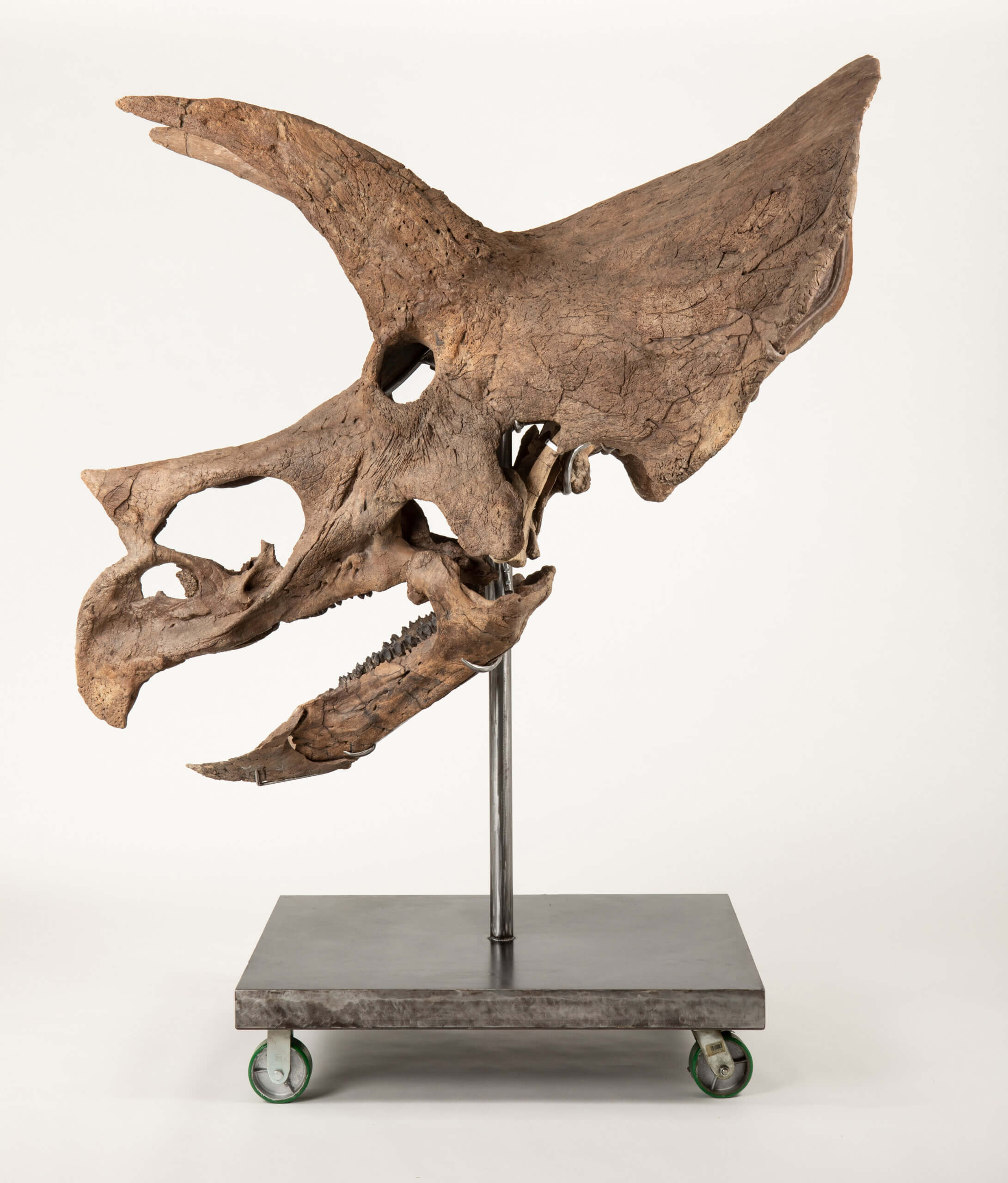
Blog > Stories
Manifestation: Kids, Scientists, and Moguls Imagined a Dino Truth

Imagination Play
It’s hard to believe that dinosaurs were discovered relatively recently in human history. Here’s some context to really put this into perspective: dinosaurs were discovered AFTER the invention of infrared rays, electricity, and general anesthesia! George Washington never even heard of the term “dinosaur” and Beethoven wrote his 5th symphony before dinosaur bones were evaluated to be a different family of animals.
For many children, dinosaurs are akin to fire-breathing dragons, rainbow-horned unicorns, and their favorite superheroes. Dinosaurs are an essential part of what’s known as children’s imagination play – giving life and story to something that seems elusive or fantastical. Dinosaur toy sales took off with the debut of Jurassic Park in 1993; the film caused a 40% increase in dino toy sales just months after its release. Dinosaurs are only becoming more popular as they are solidified in pop-culture, the Jurassic Park franchise continues, and scientists announce more findings.
From the beginning of human exploration of dinosaurs, we’ve been using our imaginations to fill in all that we don’t know about dinosaurs. Dinosaur bones are unearthed in messy, often incomplete, arrangements. Dinosaurs existed too long ago to be able to use carbon-14 dating, so researchers rely on radiometric dating methods instead. We can’t determine dinosaurs’ skin color or the exact sounds they made with the information we currently have. It takes imagination to believe in, and consequently research, a world where dinosaurs roamed the earth. Dinosaurs blur lines between fantasy, as seen in the Jurassic Park franchise, and evidence-based research through fossils such as Rally’s triceratops prorsus skull.
Rocky Beginnings
In 1676, English naturalist Robert Plot discovered an abnormally large femur fossil. He decided that this was a remnant of a giant, extinct human, and so did English paleontologist William Buckland when he found another large fossilized femur in Stonesfield, England in 1819.
It wasn’t until 1824 that those femur fossils were reanalyzed by biologist Richard Owen and deemed not human, but ancient reptilian. The official study of dinosaurs began with Owen naming this newly discovered species “Sauropod”, meaning “lizard foot”, which he later changed to “dinosaur”, or “terrible lizard” in 1841.
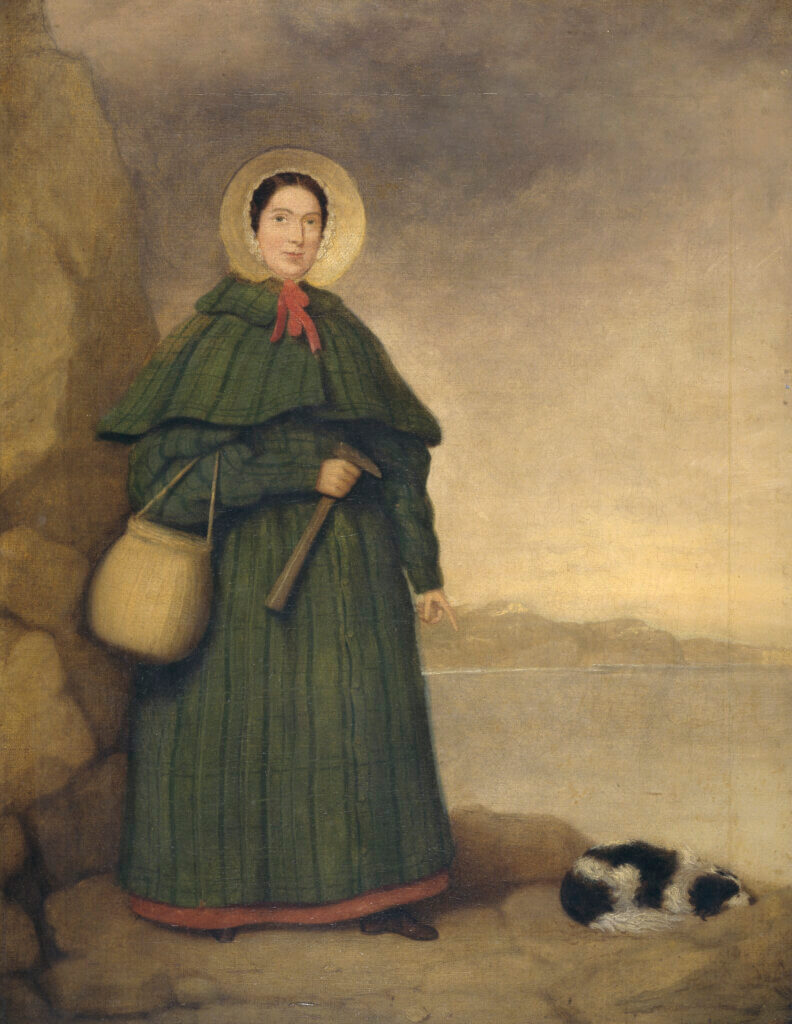
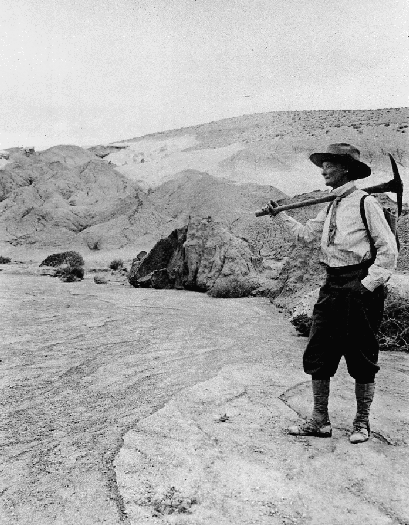
There were a lot of women involved in the discovery of dinosaur fossils as well. Women started working as researchers in the field in the early 1800s. They were always involved in paleontology, a field that was born in the 1700s, because of their roles as artists documenting and elaborating on finds. Women with money, however, could fund their own research and become independent diggers. In 1811, Mary Anning dug up an ichthyosaurus fossil near the English Channel when she was only twelve years old. Annie Alexander, founder of the University of California Museum of Paleontology, funded her own research and was able to recover one of the most intact and complete ichthyosaurs fossils on one of her expeditions. She was able to avail of many opportunities because of her privileged background, but also paved the way for other women in the field.
Dinosaurs Popularized
Initially, dinosaurs were not accepted as a discovery or as a separate term. This was largely attributed to researcher’s inability to conduct experiments to “prove” their existence; after all, much of dinosaur research is based on “informed” imaginings of what the age of the dinosaurs would have looked like, even today! Queen Victoria’s husband, Prince Albert, was incredibly invested in educating the general public on the scientific inventions, achievements, and discoveries of their time. In 1854, a collection of dinosaur fossils were displayed in London’s Crystal Park Palace for public viewing during the “Great Exhibition”. Victorian audiences were awed by the sheer sizes of these dinosaurs and subsequently demanded smaller replicas of these displays; these were the precursors to dinosaur toys today.
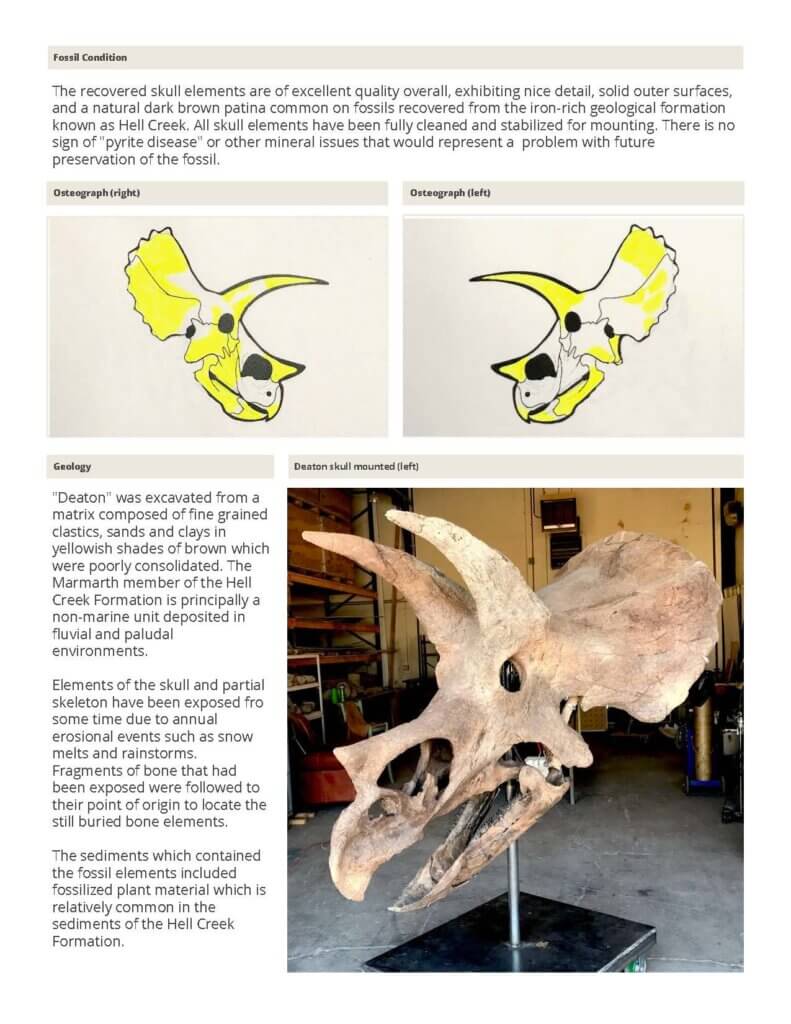
After being shared with the public, dinosaurs were a source of vivid imagination and inspiration for a plethora of writers in the late 19th and early 20th centuries. French author Jules Verne’s hit sci-fi novel Journey to the Center of the Earth (1864) featured dinosaurs fighting one another, as well as the discovery of preserved dinosaur bones by the novel’s protagonists. In 1914, American animator Winsor McCay, funded by American media tycoon William Randolph Hearst, released an animated film called Gertie the Dinosaur about a diplodocus-esque dinosaur who could perform circus tricks. Godzilla (1954), the epic Japanese film by Ishiro Honda, struck fear into viewers’ hearts as they watched a gigantic, ferocious “dinosaur” wreak havoc on Japan.
When large tycoons started investing in dinosaur research because they equated these large, powerful creatures with economic prosperity, dinosaurs started to become a widely accepted “household term”. Philanthropists like Andrew Carnegie contributed to natural history museums to preserve and display these symbols of exceptionalism and grandeur. Paleontologists in the 19th and 20th centuries largely relied on private funding from the wealthiest people in society to do their research, interestingly with no obligation to disclose the details of their methodologies. The fascination with dinosaurs continues as they permeate our societies and pop cultures.
Rally’s “Deaton”
Triceratops are one of the most beloved dinosaurs to have been discovered. This matriarchal species bears physical and behavioral resemblance to today’s elephants and is known for being fiercely protective of their young. Contrary to popular belief, a triceratops’ formidable frill is not used for defense (can you believe that it was actually too weak to deflect damage?), but rather a result of “sexual dimorphism”, or a physical difference between a species’ males and females that is used to attract mates. This herbivore, known for its slow, yet steady movement, existed in the late cretaceous era and was likely made extinct by the Chicxulub Asteroid 65 million years ago.
Rally’s own triceratops skull, affectionately named “Deaton” for the late Dr. Bobby Deaton, was excavated in North Dakota by Dr. Deaton in 1999. This skull is unique because it is 50% complete by bone count (31 out of 56 bones have been recovered) and an estimate of 60-65% complete by bone mass. “Deaton” is stable enough to be displayed as the original instead of as a replica like many other dinosaur skulls.
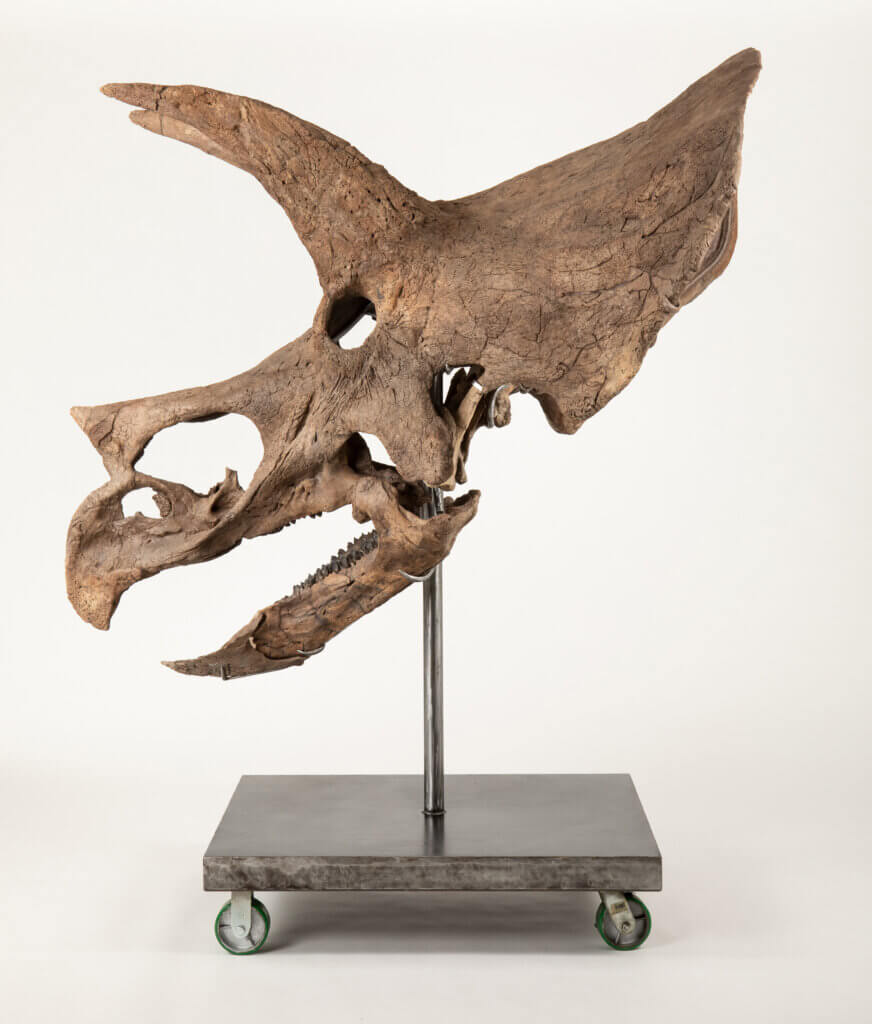
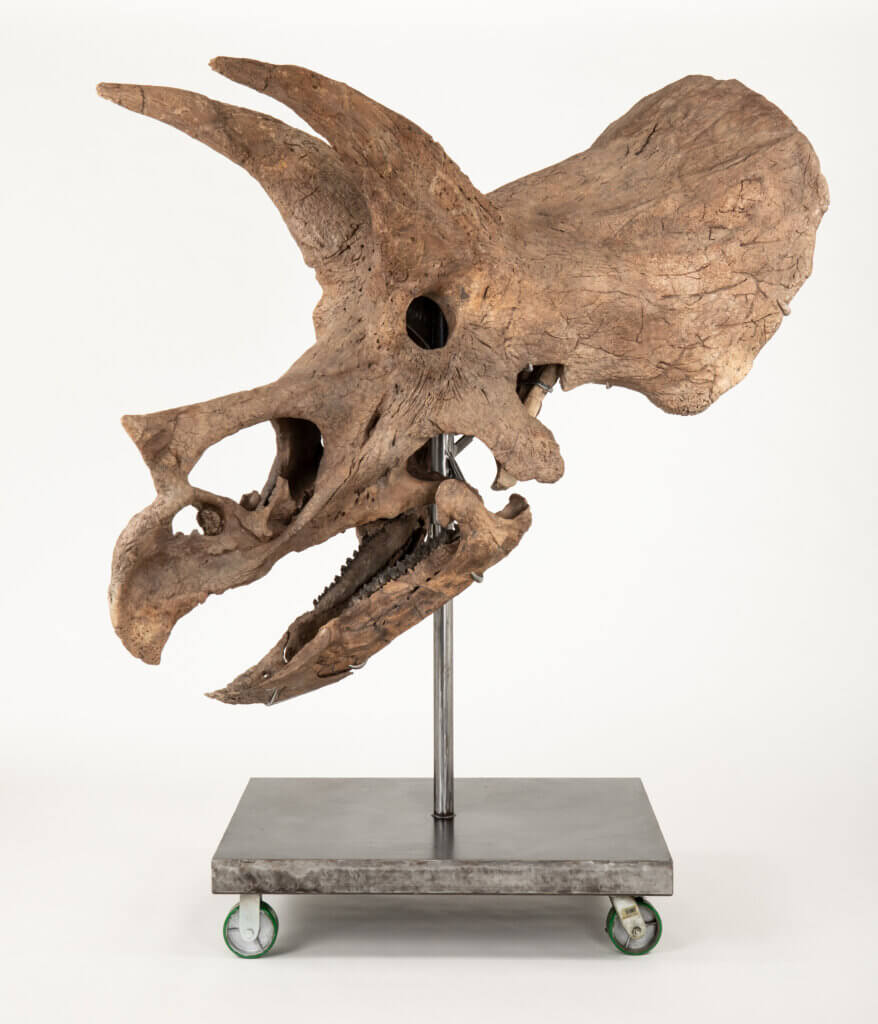
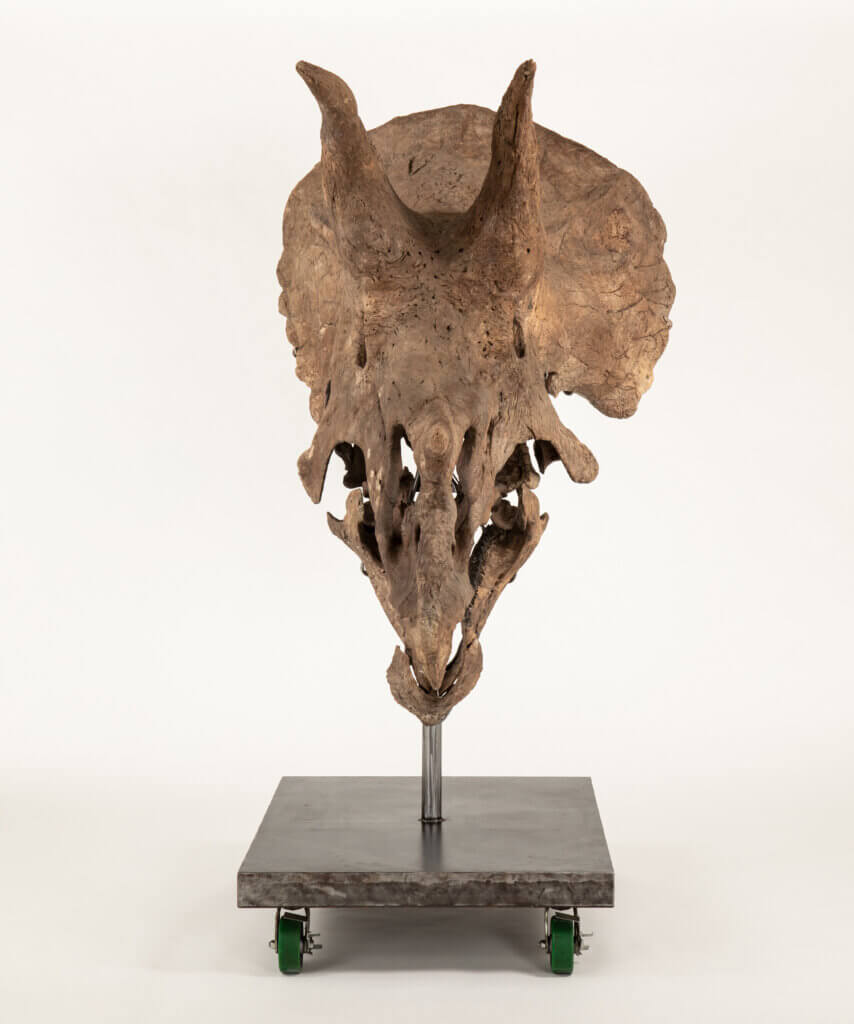
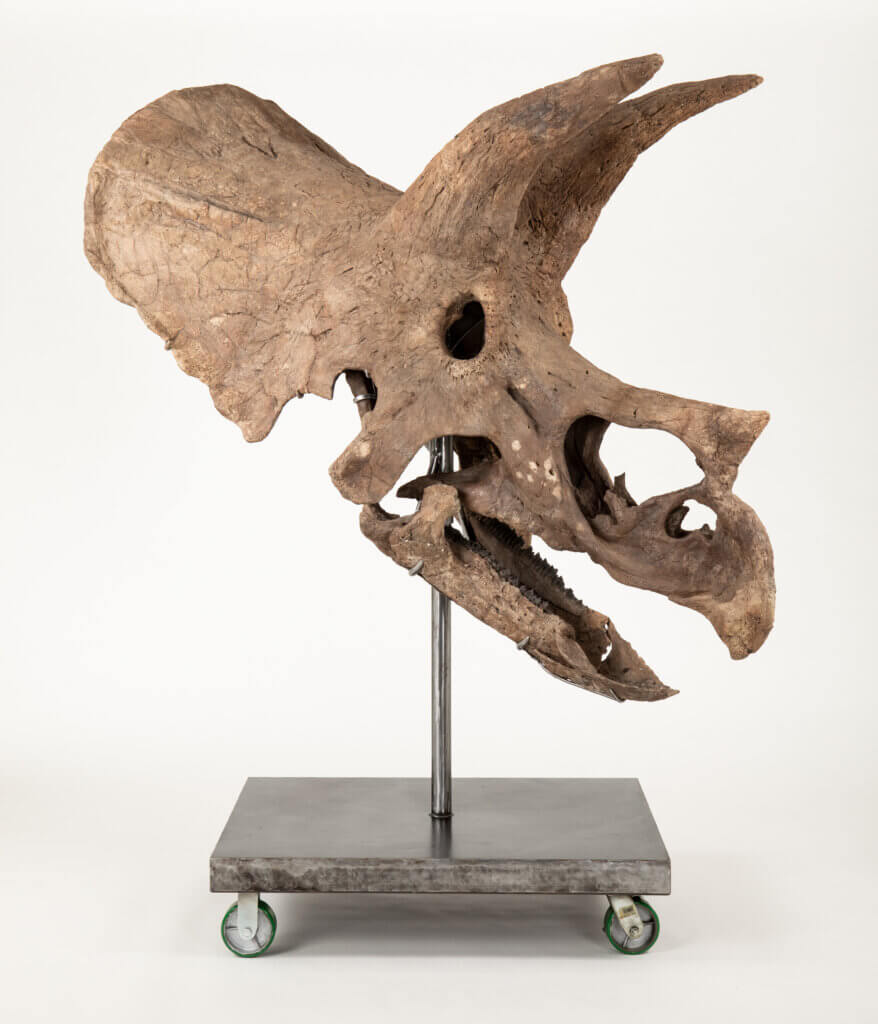
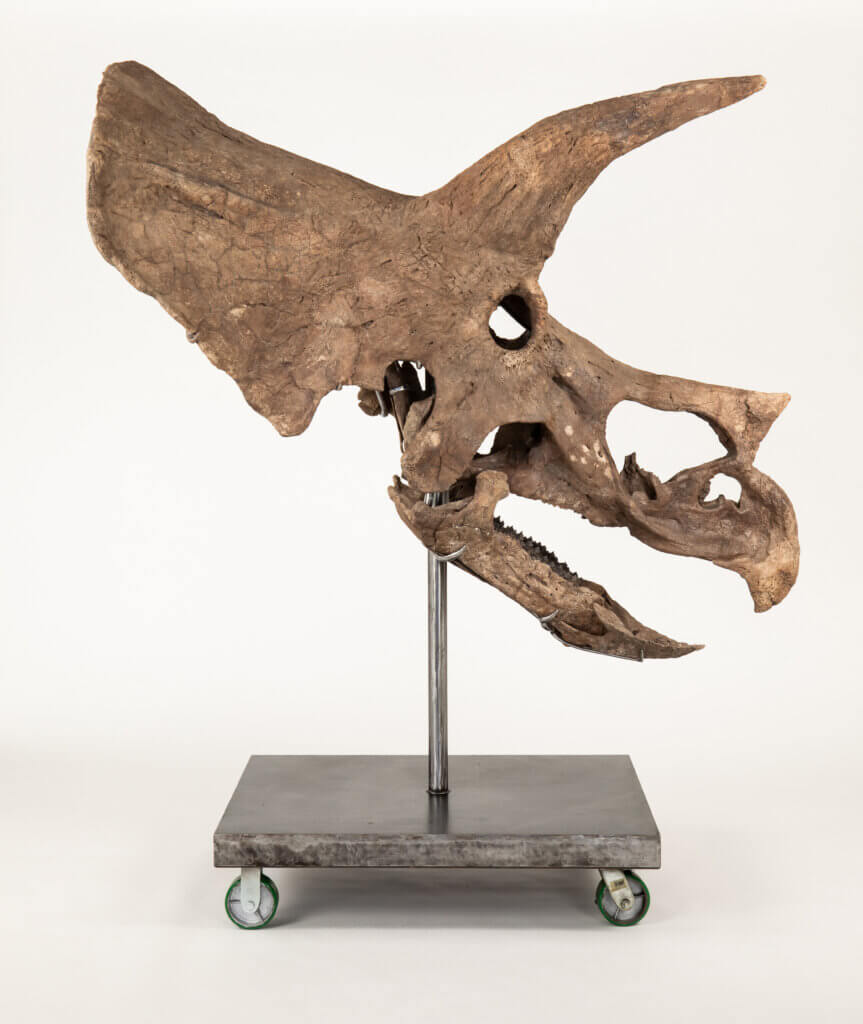
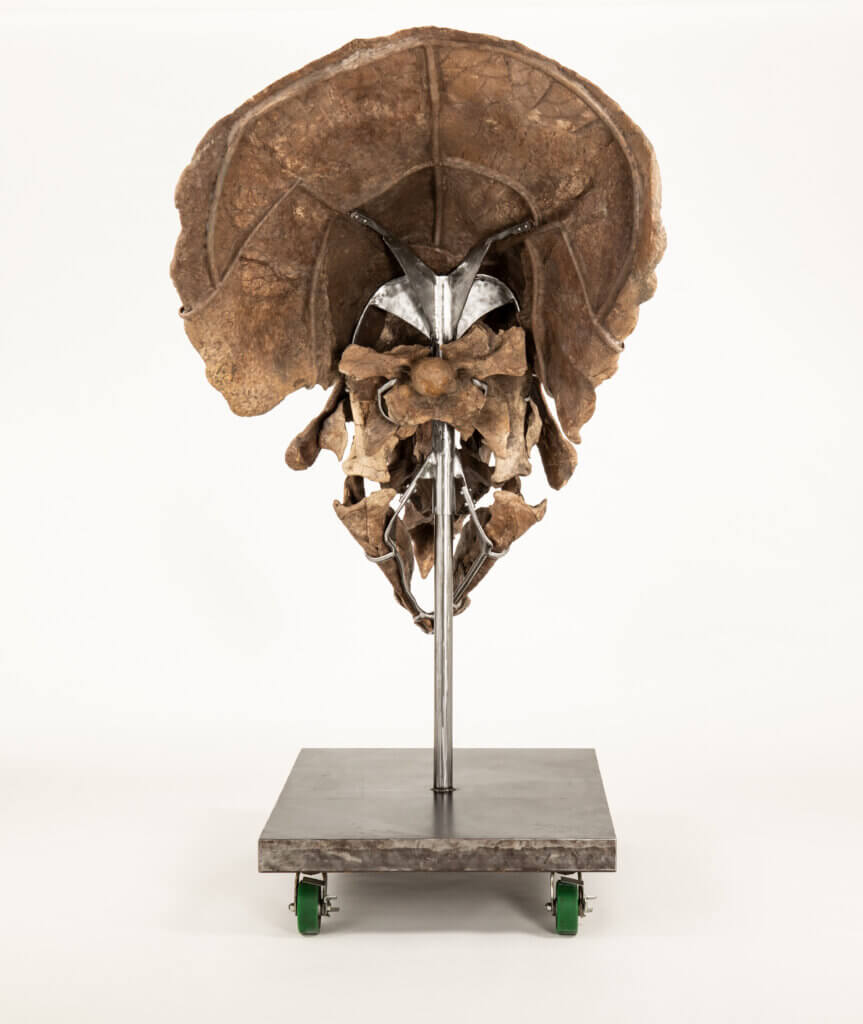
Imagination, Investigation
Dinosaur paleontology is a science that fosters the constant intersection of myth, sci-fi and evidence-based research. Imagination play as a child leads to early interest in the field and research questions like, “How did dinosaurs get sick? How do they raise their young? What is the triceratops huge frill for?” In turn, the research adds more detail to one’s imagination. For example, the Jurassic Park franchise used actual scientific research to portray fast dinosaurs rather than slow, gentle ones, accurately represent a T. rex’s strong sense of smell, and faithfully depict the way dinosaurs move their tails. In a way, evidence-based dinosaur research is comparable to world-building, something children, filmmakers, and the most seasoned paleontologists have in common.
Rally’s triceratops skull “Deaton” was discovered in the famous Hell Creek formation, which is known for elucidating scientists on the decline of late cretaceous species such as T. prorsus. Finding “Deaton” and other Hell Creek fossils has helped scientists better understand and vividly imagine the climates and conditions dinosaurs lived in. With each new excavation, researchers and imaginative people alike can add new pieces to the puzzle of dinosaur existence.
Rally Assets
Triceratops Dinosaur Skull “Deaton”
Works Cited
Farlow, James O., Peter Dodson, and Anusuya Chinsamy. “Dinosaur Biology.” Annual Review of Ecology and Systematics 26, 1995: 445–71. http://www.jstor.org/stable/2097215.
Fuchs, Michael. “Richard Fallon, Reimagining Dinosaurs in Late Victorian and Edwardian Literature: How the ‘Terrible Lizard’ Became a Transatlantic Cultural Icon.” Arbeiten aus Anglistik und Amerikanistik [AAA] 47, no. 1 (2022).. https://link-gale-com.pacl.idm.oclc.org/apps/doc/A725542852/AONE?u=palo_alto&sid=ebsco&xid=c78030bd.
Gould, Stephen Jay. “An Awful, Terrible Dinosaurian Irony.” Natural History 107, no. 1 (February 1, 1998): 24. https://discovery-ebsco-com.pacl.idm.oclc.org/linkprocessor/plink?id=b938fe28-55ad-3967-bd82-0b7ed31efc0d.
Hickman, Carole S., Kelsey Vance, and Draper White. “‘Fitting In’: Freedom in the Field.” In The Bearded Lady Project: Challenging the Face of Science, edited by Lexi Jamieson Marsh and Ellen Currano, 45–48. Columbia University Press, 2020. http://www.jstor.org/stable/10.7312/mars19804.11.
Ings, Simon. “Meet the Dinosaurs of South London.” New Scientist 254, no. 3389 (June 4, 2022): 36. doi:10.1016/s0262-4079(22)00983-6.
“Introduction: Daring to Dig: Women in American Paleontology.” Museum of the Earth https://www.museumoftheearth.org/daring-to-dig.
Mobley, Josh. Jurassic Park, 2022. https://discovery-ebsco-com.pacl.idm.oclc.org/linkprocessor/plink?id=b137bf0a-ad9d-3a7b-81fd-c50c6a99329d.
Rieppel, Lukas. “How Tycoons Created the Dinosaur.” Nautilus, October 20, 2021. https://nautil.us/how-tycoons-created-the-dinosaur-238333/.
Takahashi, Clara. “Dinosaur Portrayals in the Media.” Obscure Dinosaur Facts, September 25, 2019. https://obscuredinosaurfacts.com/blog/post/2019/09/25/portrayals.html.
Watts, Christine. “Triceratops.” Salem Press Encyclopedia of Science, January 2023. https://discovery-ebsco-com.pacl.idm.oclc.org/linkprocessor/plink?id=d12b8cda-e8fc-3abf-ab5a-f2e98a1d2b79.









